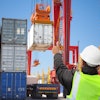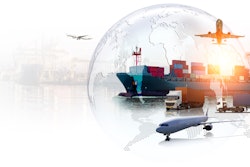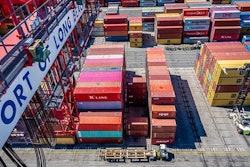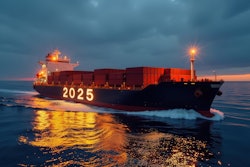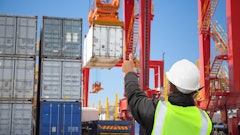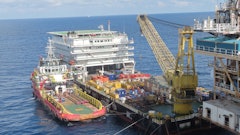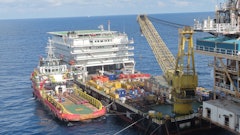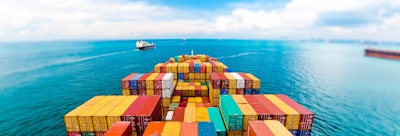
Ports are receiving significant investment to both optimize and automate daily operations. According to ABI Research’s Port Data market data report, revenues for autonomous cranes in ports will surpass $6 billion globally by 2030, with Asia-Pacific (APAC) taking up over half of the market.
“The adoption of advanced technologies in port operations continues to grow in all regions but does vary based on infrastructure maturity and union resistance. Ports in Asia-Pacific lead considerably, with high levels of automation and private 5G networks. Europe is following suit, but North America remains constrained by worker pressure against adoption of automated systems, resulting in ongoing strikes by the International Longshoremen’s Association (ILA), and a general lack of port automation providers in the region,” says Ryan Wiggin, senior analyst at ABI Research.
Key takeaways:
- A strong foundation for any advanced port is a private wireless network. Global revenues for private networks in ports are expected to grow at a CAGR of 46% to 2030, surpassing $5 billion by 2031. Private networks are also becoming more accessible through as-a-Service (aaS) offerings.
“The variance in regional digital maturity and scale of port operations is leading to variety in the advanced solutions being implemented. Ports in Europe and North America are focusing heavily on the energy transition, developing clean fuel supply, charging infrastructure, electric equipment, and energy management services while leading ports in the Middle East and Africa are exploring the use of blockchain-based payment gateways and advanced terminal operating systems (TOS) to expand capacity. The technologies being deployed will continue to vary by region, but investment will grow ubiquitously,” adds Wiggin.

